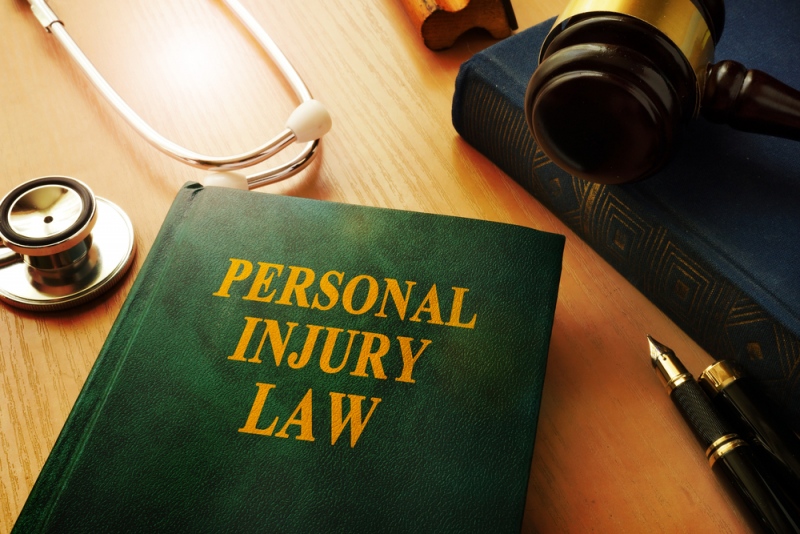Top 3 Important Considerations you Should make in a Personal Injury Lawsuit
The moment you decide to file a personal injury claim, you need to be prepared to present all the pieces of evidence required to justify your claim. Gathering information and the right evidence is vital because most courts in Ohio don’t listen to theories, they want provable facts. It is recommended to get a good Toledo personal injury lawyer to analyze the details of your case and determine whether or not you have a valid personal injury claim.

Damages
You need to prove that you or your loved one suffered substantial injuries that yielded financial or emotional damages. The accident could have led to family members suffering especially if the one involved was the breadwinner. Some of the losses one can accrue include:
- Medical bills: Both treatment bills and physiotherapy fees
- Lost wages: The hours which you spend out of work, you didn’t get paid
- Pain and suffering for you and your families
Your eligibility to file a claim
Before you file a claim, identify the party that could be held liable for the injury incurred. Negligence laws vary from one state to another. This means your eligibility to file a claim depends on your home state negligence laws. The severity of the accident also determines your eligibility to file a claim. Accidents that yielded minor injuries cannot be accepted for hearing.
In Ohio, there is a comparative approach where the victim and the liable party are all examined for negligence. Even if you share 50% negligence, you still deserve compensation for the loss you suffered. If your negligence was more than 50 percent compared to the liable party, you will not be considered for compensation.
Accurate and unaltered evidence
Words can be said, creativity can be used and information can be cooked but the game finisher is evidence. Evidence will prove your reasons for making the claim as well as reveal the negligence of the liable party. Without proper substantial evidence, it will be hard for an insurance company to approve your claim and release compensation.
- Photographs: If possible, photographs of the scene, hospital stay and physical injuries caused
- Video surveillance footage of the scene
- Witnesses who were there and saw what happened
- Medical records especially X-rays and CT scans that reveal the extent and severity of the injury
- Damaged goods that were on the scene including vehicles
Statute of limitations
Victims of accidents are supposed to file a claim before two years elapse. If you know it is past two years since you encountered the accident, you will not be able to file a claim. The same case applies to those who are filing claims for their deceased family members.
Medical cases of malpractice have a short eligibility time. Most states restrict victims from filing a claim after one year elapses from the medical malpractice date. If a doctor leaves a tool inside the patient’s body, it will take time before it is discovered. Such patients can file a claim even after 2 years from the date of operation.
Conclusion
Looking at the above points, two things come out clear, know your State’s negligence laws and have sufficient information regarding your accident and injuries.

















